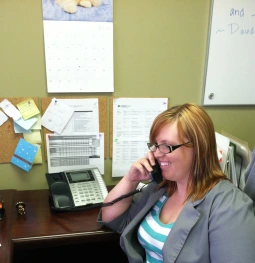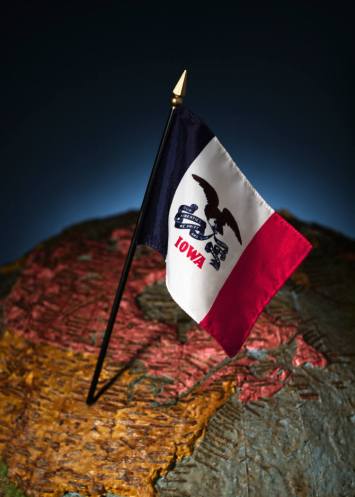Rather than bore everyone with a long and overly-complex blog about the dynamics of PR and how it helped long-term client Vivisimo get acquired by IBM last summer, I instead decided to post 8 suggestions that CEO’s of SMB operations should consider to significantly increase the value of their brand’s PR program. Remember, PR folks are the ones who are interacting most with third parties that have the most sway about your company. Developing a deeper and stronger relationship with your PR team will allow you to better understand what a variety of individuals (media, analysts, customers, consumers, partners, gov’t officials, etc.) truly think about the company you’re leading.
1) Sign off on a PR plan that is rooted in fulfilling particular business objectives of your company so you can appreciate the value of the PR program.
2) Allow PR practitioners to participate in sales and engineering meetings so that they can be better educated about your business and truly tailor the PR program to your company’s specific needs.
3) Regard your PR practitioner or PR agency as your “press secretary.” When you view them in this manner, the benefits of them being involved in multiple aspects of your business will become clear.
4) Encourage yourself to sit in on at least one weekly PR update meeting so that you can better understand how your budget is being used.
5) Look at PR as a support system for your sales and marketing efforts and not just as a fancy program that builds up egos and brands. Managed correctly, PR can help your sales force improve sales cycles and provide your marketing team with better communications, events, and relationships.
6) After a media interview, a good PR practitioner will immediately circle back with a real-time “audit” of the interview and communicate the highs and lows of the conversation. Take this advice to heart, as it can greatly improve your next
media interview.
7) If you have a conversation or read material that you think would be pertinent to your PR team, share the information with them so they can effectively incorporate it into their strategies and/or tactics.
8) From time to time meet with your PR practitioner so the both of you can understand each other better. Remember, PR folks are your brand ambassadors, too. They are tasked with creating your quotes in press releases to talking about you during conversations with the press. The more they know about you and your likes and dislikes means they’ll know how to better articulate who you are when having to represent you.
~David Splivalo, President
















